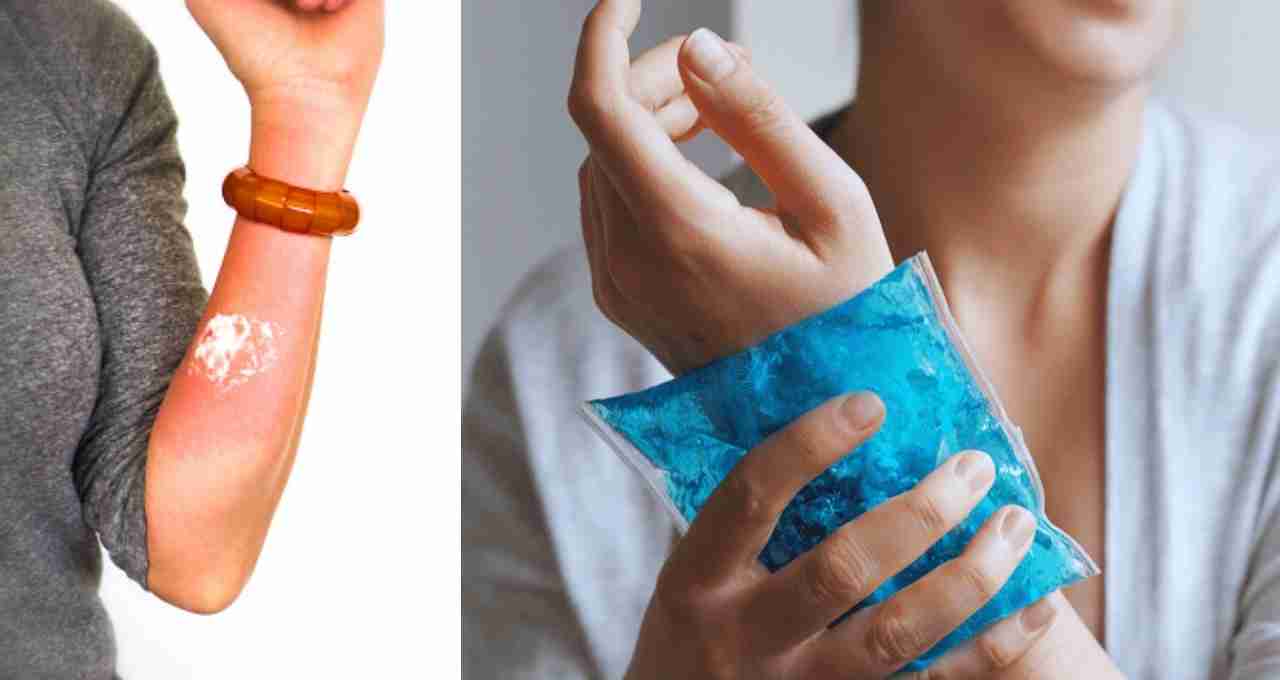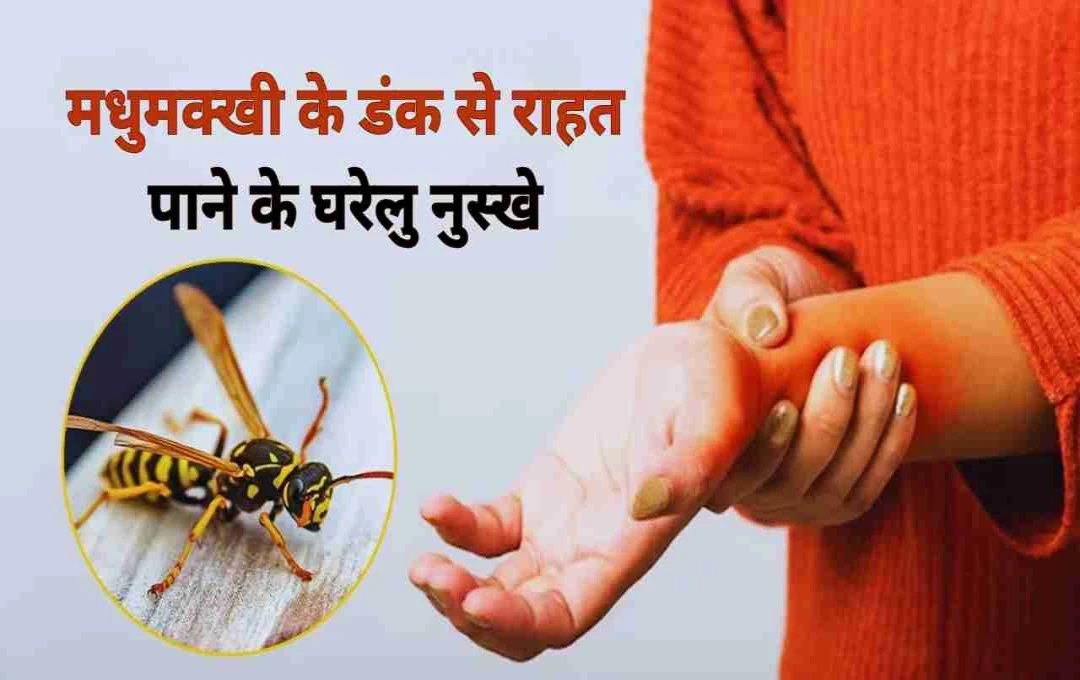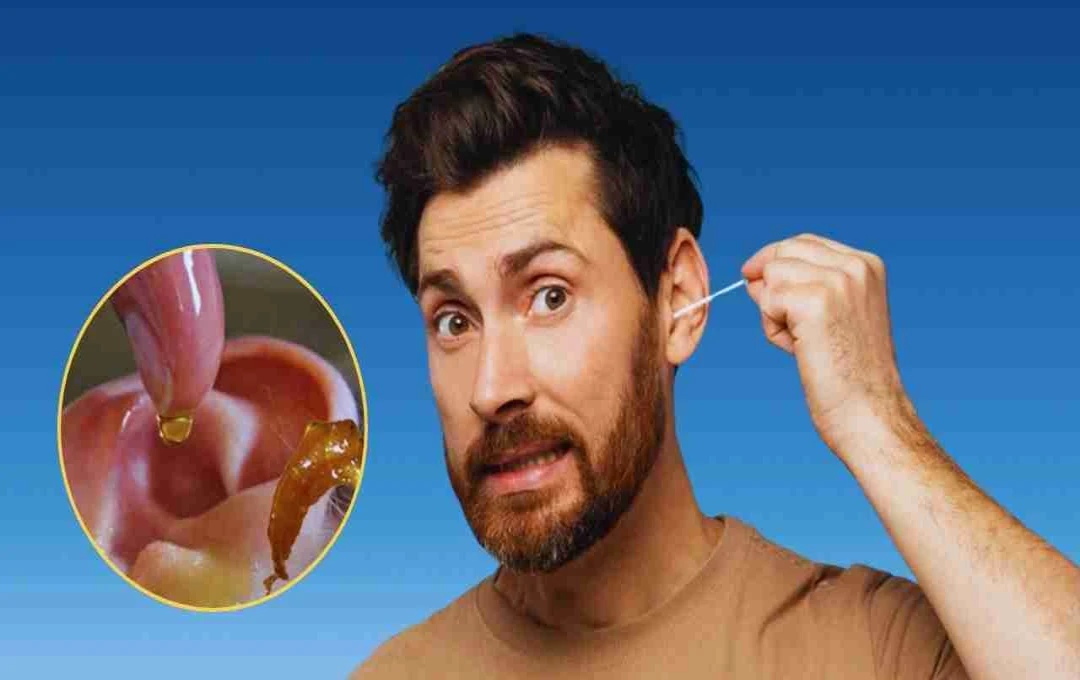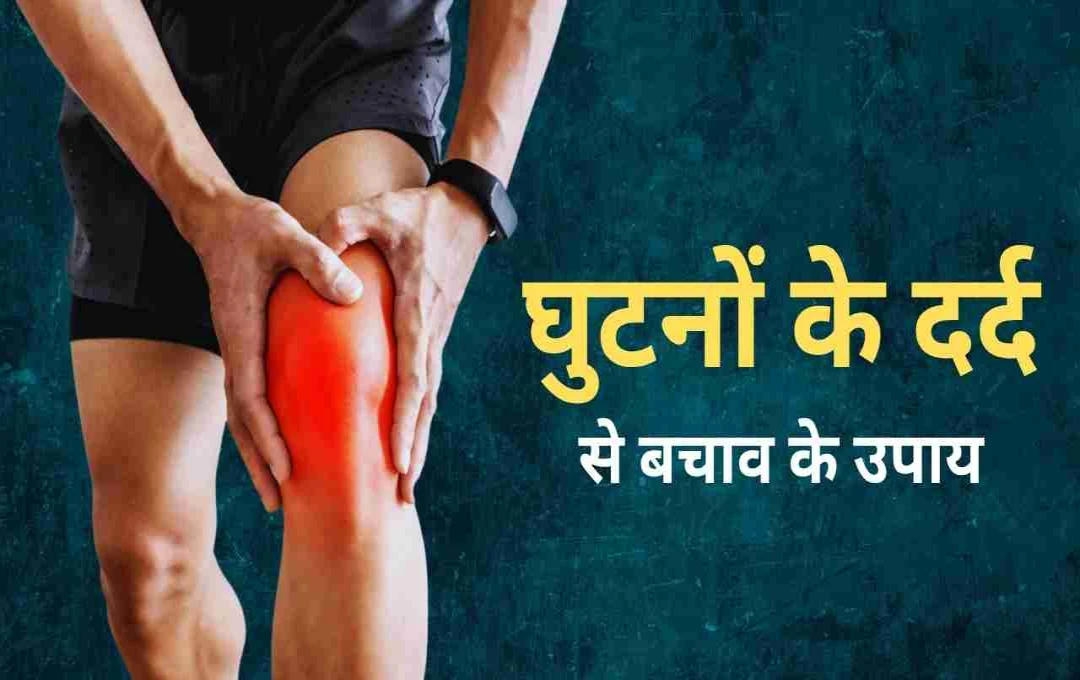Bees are more active in gardens, balconies, and fields during the summer and monsoon seasons. The venom in their sting –– containing melittin, phospholipase A₂, histamine, etc. –– causes intense burning, swelling, and pain upon entering the skin. In most people, this reaction subsides within a few hours, but those with weakened immunity or high histamine sensitivity can experience severe allergic shock (anaphylaxis). Therefore, it is essential to take the right steps immediately after being stung and resort to home remedies.
First Step: Remove the Stinger, Prevent Infection
- Identify the stinger: A bee sting looks like a black dot with small venom sacs attached.
- Removal technique: Holding tweezers horizontally, pull out the stinger along with the roots; if tweezers are unavailable, use an ATM/credit card, placing it flat on the skin and gently pushing the stinger out.
- Washing: Clean the affected area with mild antiseptic soap and water to remove any remaining venom or dirt.
- Apply antiseptic: Applying povidone-iodine or chlorhexidine cream reduces the chances of bacterial infection.
Home Remedies: 7 Traditional Remedies to Reduce Swelling and Pain

1. Vinegar Compress – Balancing the Poison with Acid
Soak a cotton ball in plain white vinegar or apple cider vinegar and apply it to the sting site for five to seven minutes. The slightly acidic pH of the vinegar deactivates the alkaline components of the venom, thereby reducing swelling and soothing the itching. Remove immediately if there is excessive burning.
2. Baking Soda Cooling Paste
Mix a teaspoon of baking soda with a few drops of water to make a thick paste. Apply this to the affected area for 15 minutes, then rinse with lukewarm water. The alkaline nature of the soda neutralizes the acidity of the venom and reduces the burning sensation.
3. Cold Ice Pack
Wrap small ice cubes in a thin cotton cloth and apply the compress for 10–15 minutes. Cooling constricts blood vessels, which reduces swelling as well as pain rapidly. Do not apply ice directly; there is a risk of 'ice burn' to the skin.
4. Fresh Aloe Vera Gel
Cut an aloe vera leaf in half and use a spoon to extract the transparent gel and apply a thin layer on the stung area. The glycoproteins in it reduce swelling and redness, while the polysaccharides accelerate skin repair. Repeat 3 times a day.
5. Raw Honey – A Natural Antibacterial Shield
Apply a thin layer of honey and leave it on for 20 minutes. The high-osmotic property of honey draws excess fluid from the skin, reducing swelling. Also, it forms hydrogen peroxide, which helps prevent infection.
6. Toothpaste for Quick Relief
Plain white toothpaste (without gel, without microbeads) contains baking soda and menthol, which provide a cooling effect. Apply a thin layer and leave it on for 10 minutes, then wash it off. Those with sensitive skin should do a patch test first, as flavors or sulfates may cause stinging.
7. Turmeric-Castor Oil Combination
Mix a pinch of turmeric powder with 4–5 drops of cold-pressed castor oil and prepare a paste. Turmeric's curcumin is anti-inflammatory, while castor oil's ricinoleic acid is pain-relieving. Leave this mixture on for 30 minutes and repeat twice a day.
Additional Care and Precautions

- OTC Medications: If there is unbearable pain or itching, you can consult a doctor and take ibuprofen/cetirizine.
- Elevation: If the sting is on a limb, keeping the limb elevated reduces fluid accumulation.
- Adequate water intake: If the body is hydrated, toxins will be eliminated quickly.
- Alertness to unusual symptoms: Difficulty breathing, swelling of the lips and tongue, dizziness, rapid heartbeat, or systemic hives (urticaria) are signs of anaphylaxis. In such a situation, immediately administer an epinephrine auto-injector (if available) and get to the nearest hospital.
When to See a Doctor?
- Pain or swelling does not decrease after 48 hours.
- The area becomes red-hot and starts to ooze pus (infection).
- More than one sting or a sting in the face or neck area.
- You have previously had a severe allergic reaction to bees or wasps.
A bee sting may seem daunting at first, but with the right information and some simple home remedies, you can quickly control the pain, burning, and swelling. Remember: first remove the stinger, clean the skin, and provide cooling. Then, take help from natural resources like vinegar, baking soda, aloe vera, honey, or turmeric available in your kitchen or garden. If the symptoms worsen or there is an allergic history, seeking immediate medical assistance can be life-saving. Stay safe, be alert, and stay healthy by knowing how to treat the sting of this invaluable sweet friend of nature –– the bee –– instead of fearing it.















